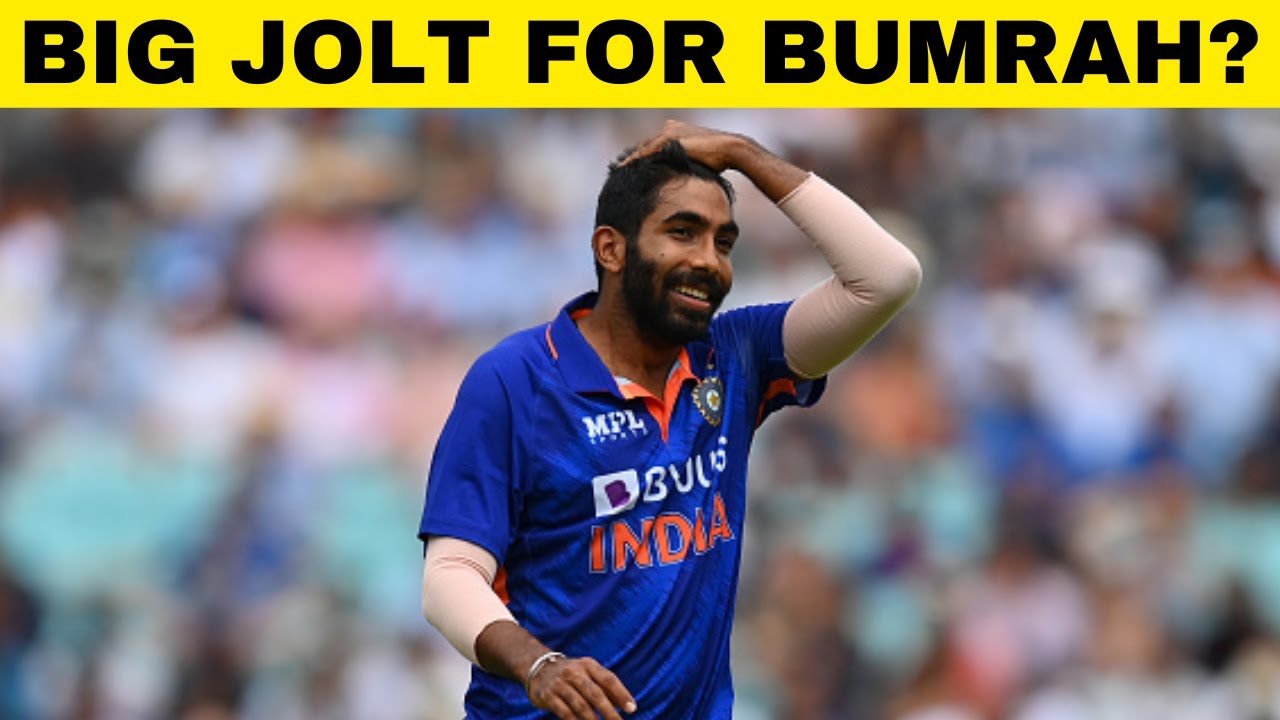In a game increasingly reliant on technology, moments of ambiguity can spark intense debate. One such instance involving Indian pace spearhead Jasprit Bumrah and the Decision Review System recently brought cricket`s inherent complexities into sharp focus.
When Technology Whispers, But Doesn`t Shout
The scene was set in New Delhi, Day 4 of a Test match between India and West Indies. Jasprit Bumrah, known for his pinpoint accuracy and deceptive deliveries, struck West Indies opener John Campbell on the pads. To the naked eye, and indeed to Bumrah`s experienced judgment, it seemed a straightforward case of Leg Before Wicket (LBW). However, the on-field umpire, perhaps suspecting a faint inside edge, ruled “not out.”
India, confident in their appeal, immediately opted for the Decision Review System (DRS). Replays soon revealed the ball tracking to shatter the stumps – a bowler`s dream. Yet, the third umpire faced a conundrum: could they definitively rule out an inside edge? After numerous painstaking replays, the technology remained inconclusive. The verdict? The on-field umpire`s call stood. Campbell survived.
“You know it`s out, but the technology can`t prove it.”
These were the words, captured by the stump mic, that Bumrah delivered to the umpire as he walked back, a palpable mix of frustration and resignation in his voice. It`s a statement that encapsulates the paradox of modern cricket: the desire for absolute precision clashing with the often-elusive nature of “conclusive evidence.”
The DRS Paradox: Precision vs. Perplexity
The introduction of DRS was heralded as a revolutionary step towards minimizing umpiring errors and enhancing fairness. By providing a technological safety net, it aimed to eliminate the `howlers` and ensure that the `spirit of cricket` was upheld by accurate decisions. And for the most part, it has succeeded, reducing controversies and offering a tangible layer of accountability.
However, as Bumrah`s remark highlights, DRS isn`t an infallible oracle. Its limitations, particularly around the “umpire`s call” protocol and the difficulty in discerning faint edges, can leave players, commentators, and fans equally bewildered. It asks us to trust a system that sometimes admits its own fallibility, leading to situations where what appears to be a clear dismissal to the human eye, and indeed to ball-tracking technology, is overturned or upheld due to a lack of definitive proof on a single, often minute, aspect of impact.
One might almost suggest a touch of irony in the situation: a system designed to remove doubt sometimes only serves to deepen it, turning a potential moment of clear justice into a protracted debate about millimeters and pixels.
The Ripple Effect: A Lifeline Transformed
For John Campbell, this technological ambiguity was a veritable lifeline. Reprieved, he capitalized on the opportunity, going on to score his maiden Test century. It’s a classic example of how a single decision, however contentious, can dramatically alter the narrative of a match and a player`s career. Imagine the psychological shift: from the brink of dismissal to the elation of a personal milestone, all thanks to an “unseen edge.”
Ironically, Campbell`s innings eventually concluded via an LBW dismissal, this time off the bowling of Ravindra Jadeja, with the umpire`s `out` decision upheld by DRS. The fickle finger of fate, or perhaps just clearer technology on this occasion, had balanced the scales.
These moments underscore the high stakes involved. A bowler`s hard work, a batsman`s concentration, and the strategic flow of an entire Test match can hinge on a few frames of video footage and the interpretation of complex algorithms.
Beyond the Boundary: Refining the Game`s Edge
The Bumrah-Campbell incident serves as a potent reminder that while technology is a powerful tool, it`s not a silver bullet. The continuous evolution of DRS, from infra-red cameras to advanced ball-tracking, aims to minimize these grey areas. Yet, cricket`s charm often lies in its imperfections, the human element of judgment, and the debates it sparks. Finding the optimal balance between these aspects remains a critical challenge for the sport`s administrators.
As players like Jasprit Bumrah continue to push the boundaries of skill, the technology designed to officiate their efforts must strive for an equally relentless pursuit of clarity, ensuring that justice, both perceived and actual, is served on the cricket field.

